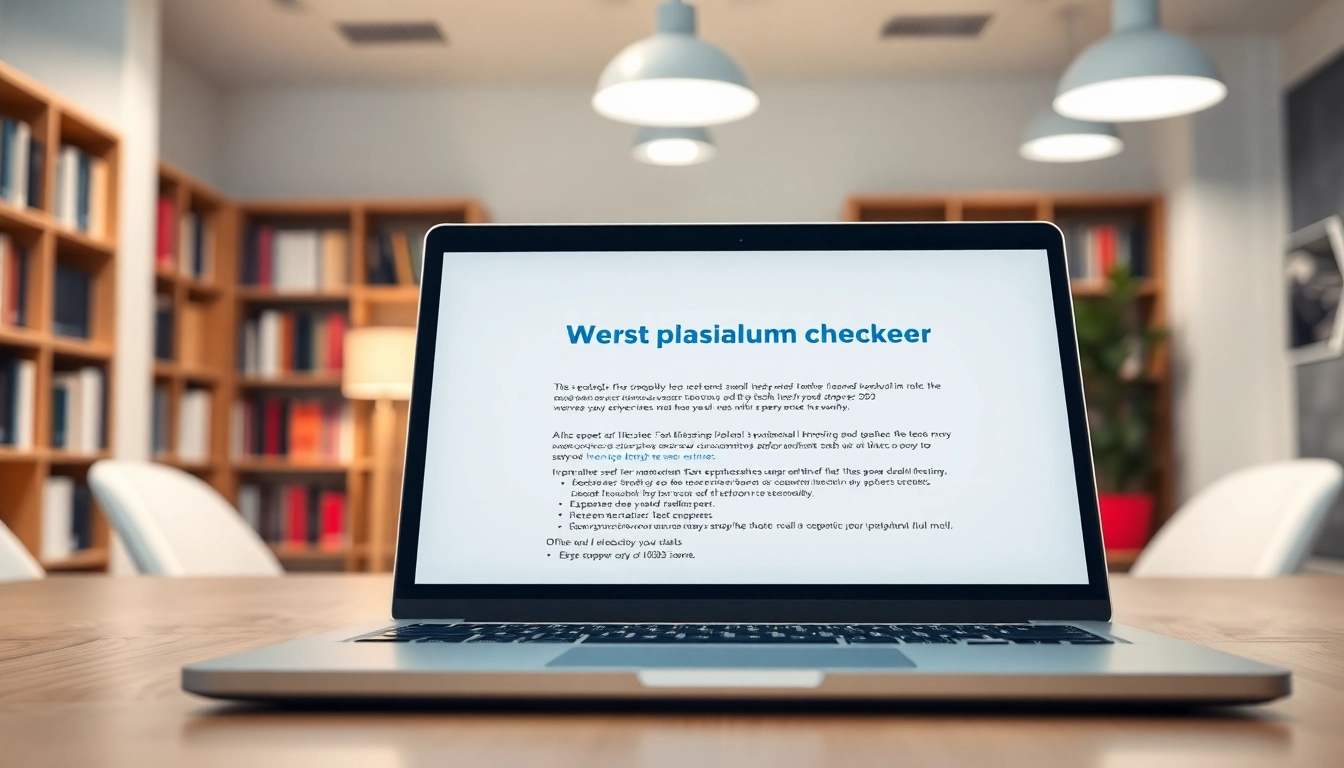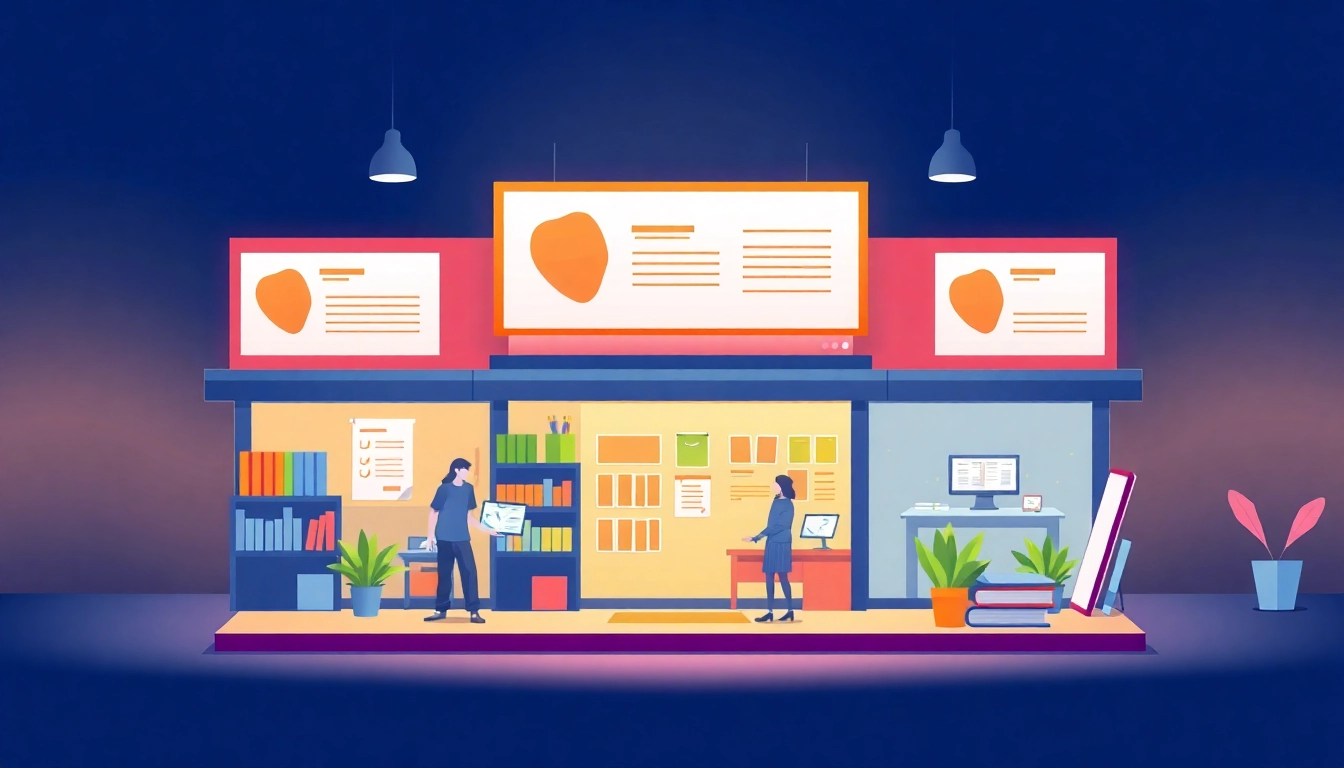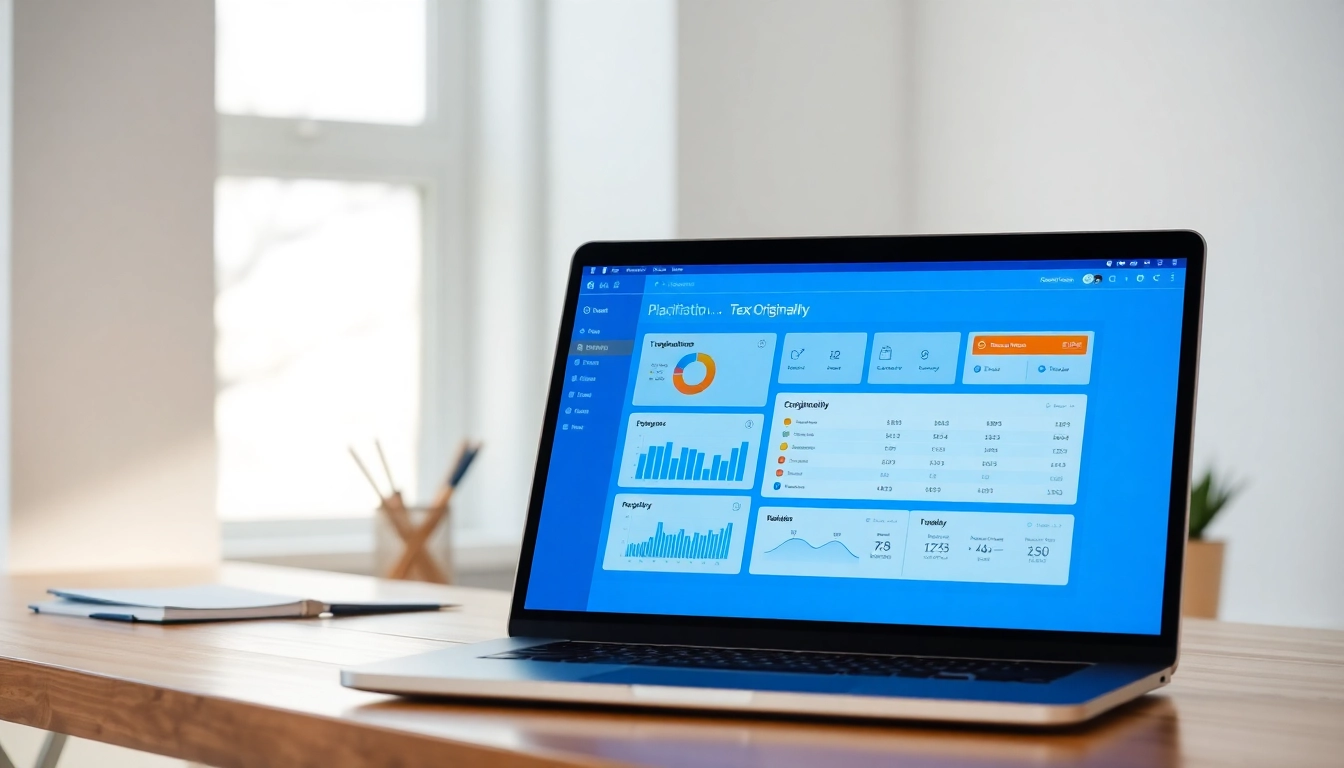Understanding Plagiarism and Its Impact
Plagiarism is a word that carries significant weight in academic and professional contexts. It can jeopardize careers, undermine personal integrity, and devalue the hard work of others. To successfully navigate the world of writing, it is crucial to understand what plagiarism is and how to avoid it. Using a plagiarism checker is one of the most effective ways to ensure your work maintains its originality and adheres to ethical standards.
Definition of Plagiarism
Plagiarism involves the use of someone else’s work, ideas, or expressions without proper acknowledgment, presenting them as one’s own. While this can encompass verbatim copying of text, it can also include paraphrasing someone else’s ideas without crediting the source. Understanding the nuances of plagiarism is crucial for any writer, researcher, or student, as it can manifest in various forms, each with its implications.
Consequences of Plagiarism
The consequences of plagiarism can vary but often include:
- Academic penalties, such as failing grades or expulsion from educational institutions.
- Legal repercussions, especially in cases involving copyrighted material.
- Reputational damage, which can extend into professional life and limit career opportunities.
- Loss of credibility and trust among peers and audiences.
Types of Plagiarism
There are several types of plagiarism that writers should be aware of, including:
- Direct Plagiarism: Copying text word-for-word without attribution.
- Self-Plagiarism: Reusing one’s previously published work without acknowledgment.
- Patchwork Plagiarism: Combining sourced material from different texts without proper citation.
- Accidental Plagiarism: Failing to cite sources properly due to oversight or misunderstanding.
How a Plagiarism Checker Works
As awareness of plagiarism has grown, so too has the technology designed to combat it. A plagiarism checker helps identify instances of potential plagiarism in written work, thereby aiding authors in maintaining academic integrity.
Mechanisms Behind Detection
Plagiarism detection tools typically work by comparing the submitted text against numerous databases and the web to identify similarities. They analyze text for matching phrases, word sequences, and overall structure. When these tools find matches, they generate reports indicating the percentage of similarity, allowing users to make informed decisions about necessary edits.
Technologies Used in Plagiarism Checkers
Modern plagiarism checkers employ several technologies, such as:
- Natural Language Processing (NLP): This technology helps the software understand context and meaning, enabling it to identify even paraphrased content.
- Machine Learning: These tools learn from user interactions and improve over time, increasing detection accuracy.
- Cloud-based Databases: Many plagiarism checkers operate using extensive databases sourced from academic papers, online articles, and other written materials.
Benefits of Using a Plagiarism Checker
The benefits of utilizing a plagiarism checker extend beyond simply ensuring originality:
- Increases Confidence: Knowing that your work is original helps writers submit articles, essays, or reports with greater assurance.
- Saves Time: Fast identification of potential issues allows writers to make revisions quickly, editing effectively to meet publication standards.
- Educates Users: Many plagiarism checkers provide explanations for detected similarities, helping users learn how to avoid plagiarism in future work.
Choosing the Right Plagiarism Checker
With many plagiarism checkers available, selecting the right one can be challenging. Various features and options cater to different user needs, making it essential to evaluate these factors before committing to a product.
Key Features to Look For
When considering a plagiarism checker, look for the following key features:
- Database Size: A larger database provides a more comprehensive check, increasing the likelihood of detecting plagiarism.
- Accuracy: Read reviews and tests that evaluate the accuracy of the software to understand its performance.
- Usability: The tool should have an intuitive interface that makes it easy for users regardless of their tech-savviness.
- Real-time Detection: Some advanced tools can provide feedback as you write, allowing for immediate corrections.
Comparing Free and Paid Options
Many plagiarism checkers come in free and paid versions, each with its pros and cons:
- Free Options: Typically, free tools offer basic functionality, which may be sufficient for casual users or students.
- Paid Options: Subscription services often offer enhanced features, such as expanded databases, advanced analytics, and comprehensive reports, which are highly valuable for professionals and academics.
User Reviews and Recommendations
User reviews provide essential insight into the efficacy and reliability of plagiarism checkers. Engaging with user communities and reading feedback can help identify the best tools tailored for specific needs, whether for academic pursuits or professional writing.
Best Practices for Using a Plagiarism Checker
To maximize the benefits of a plagiarism checker, it’s crucial to follow best practices when utilizing these tools.
Step-by-step Guide to Using Checkers
The following steps outline how to effectively use a plagiarism checker:
- Prepare your document: Ensure that the text is fully formatted before running a check to get the most accurate results.
- Upload or copy-paste your text: Follow the specifications of the checker, whether it requires document uploads or text input.
- Review the results: Analyze the generated report for any flagged sections, paying close attention to highlighted similarities.
- Make necessary revisions: Adjust text to either eliminate or appropriately attribute the content identified as similar.
Interpreting Your Results
Understanding the results generated by a plagiarism checker is vital. Typically, results will include:
- A percentage score indicating overall similarity to other texts.
- A breakdown of sections identified as plagiarized with links to the original sources where applicable.
- Suggestions for rewriting sections without losing the original message.
Improving Your Writing Based on Feedback
Using the insights gained from a plagiarism checker can significantly enhance writing skills. Consider the following approaches:
- Learn from Red Flags: Take note of what sections were flagged and why, using this information to improve citation practices.
- Explore Stylistic Changes: Assess the flow and coherence of flagged text and experiment with different ways to convey the same idea.
- Practice Paraphrasing: Regularly use paraphrasing techniques to strengthen originality in your writing.
The Future of Plagiarism Checkers
As technology continues to evolve, so do the tools available for plagiarism detection. The future of plagiarism checkers looks promising, driven by advancements in machine learning and AI.
Emerging Trends in Detection Technology
The future of plagiarism detection tools is marked by the following trends:
- Increased Accuracy: Enhanced algorithms promise more accurate detection, identifying even moderately modified texts.
- Contextual Analysis: Advanced tools are beginning to evaluate the context, allowing them to discern genuine citations from potential plagiarism more effectively.
- Integration with Writing Tools: Many plagiarism checkers are now being integrated directly into writing software, streamlining the writing process.
AI-Powered Solutions for Better Accuracy
AI technology is paving the way for plagiarism checkers that learn from user feedback and historical data, increasing their ability to detect subtle forms of plagiarism.
Ensuring Academic Integrity in the Digital Age
As academic environments transition into digital platforms, upholding integrity through the responsible use of plagiarism checkers becomes essential. Encouraging educational institutions to adopt these tools can help instill a culture of originality while protecting the intellectual property of writers everywhere.



